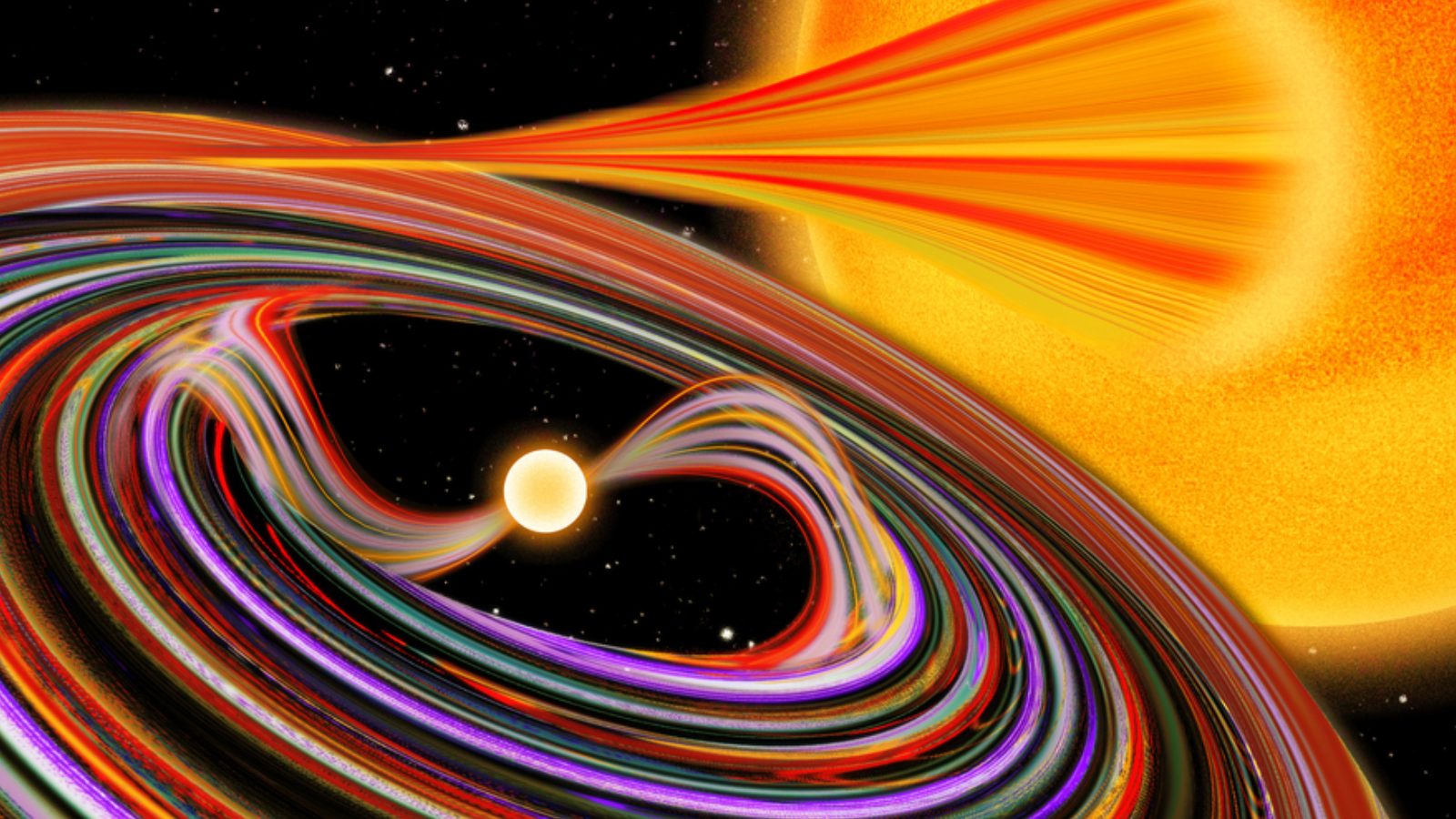One Long Trip: NASA's Spirit Rover Hits 1,000th Martian Day

NASA's Spirit rover hit the 1,000-Martian dayof its mission on the red planetThursday, but the mission continues for the hardy robot.
Tocelebrate the Martian milestone, rover mission managers released the McMurdopanorama [image],a mosaic of some 1,449 individual images taken by Spirit's panoramic camera.
"It hasbeen a surprise and delight to see the vehicle survive as long as it has," JakeMapijevic, engineering team chief for NASA's Mars Exploration Rover (MER) mission. "Wehad anticipated a much shorter mission."
More than10 times shorter, in fact.
When Spiritlandedon Mars on Jan. 3, 2004, mission scientists and engineers hoped to wrangle atleast 90 Martian days - dubbed sols - out of the rover and its robotic twin Opportunity,which toucheddown on the red planet about 22 days later. At 24 hours and 37 minutes, onesol is slightly longer than one Earth day.
But despitean early softwareglitch and ongoingwheel issues, Spirit continues to return science from "Winter Haven" at itsGusev Crater landing site. The region served as a sort of red planet retreat duringsix months of harsh Martianwinter, Spirit's secondsuch season on Mars.
"We'vegotten through the worst of the winter season," Mapijevic told SPACE.com."Environmentally, we're going to go into another spring season, which is aperiod where the atmosphere tends to change quite a bit on Mars."
Breaking space news, the latest updates on rocket launches, skywatching events and more!
Themission continues
Altogether,Spirit has spent more time exploring Mars than the last five International Space Stationastronaut crews spent in Earth orbit. Its robotic twin Opportunity - currently stationed[image]on the other side of Mars at MeridianiPlanum's Victoria Crater - will hits its own 1,000-sol mark in upcomingweeks.
The two MERrovers could likely survive until January, when mission scientists andengineers hope to celebrate the third Earth anniversary of their red planet arrival.
During theirmission, Spirit and Opportunity returned evidence that liquidwater shaped the distant Martian past. Altogether, Spirit has roamed across4.2 miles (6.8 kilometers) of Martian landscape at Gusevcrater, scaledone of the ColumbiaHills and is preparing to head towards other interesting sites nearby.
Opportunity,on the other hand, roved a stunning 5.8 miles (9.4 kilometers), and sitsperched on the rim of Victoria Crater, a massive depression that missionscientists hope to descend into in the near future. The rover has its own wheelissues and a motor winding glitch in the shoulder of its instrument-ladenrobotic arm.
"Otherwise,the rest of the vehicles' systems are pretty much fine," Mapijevic said.
StevenSquyres, lead scientist for the rover mission at Ithaca, New York's CornellUniversity, has attributed the long life of Spirit and Opportunity to theirrobust design and talented handlers.
"Thesevehicles are 10 times past their warranty," he said in a mission briefing lastmonth on Opportunity's travels. "It is really a remarkable team effort."
Spiritstill has a long way to go before it catches up with the reigning champions ofMartian missions: NASA's Viking1 and Viking 2 landings in 1976.
Viking 2lasted some 1,281 sols, a feat eclipsed by Viking 1's four-Earth year missionthat ended on Nov. 13, 1982. But unlike Spirit and Opportunity, which drawtheir power from solar arrays that can decline over the years, the massiveViking landers used radioisotopethermal generators (RTGs) to generate electricity.
Break timeon Mars
Spirit andOpportunity are taking a bit of a science break as Mars passes through solarconjunction, a period in which Mars passes behind the Sun as seen from Earth.
"We haven'tactually heard from the vehicles for about five days now, and that's all traceableto the noise environment with the Sun between Earth and Mars," Mapijevic said. "Weshould be out of conjunction by next Monday."
Duringconjunction, rover handlers don't expect to send many new commands to Spiritand Opportunity, but the robots are expected to send home daily reports toEarth and conduct science observations.
Missionhandlers at JPL, in the meantime, are taking advantage of the low activityperiod for some much needed rest, Mapijevic said.
"I feelquite privileged to have, in my work time, seen this milestone," he added. "Thisperiod is kind of like the wildest imagination I could have had."
- Red Planet Double Team: NASA Orbiter Spies Mars Rover at Victoria Crater
- IMAGES: Mars - Evidence for Water
- VIDEO: All Eyes on Mars
- IMAGES: Visualizations of Mars
- Complete Coverage: Mars Rovers
- All About Mars

Tariq is the award-winning Editor-in-Chief of Space.com and joined the team in 2001. He covers human spaceflight, as well as skywatching and entertainment. He became Space.com's Editor-in-Chief in 2019. Before joining Space.com, Tariq was a staff reporter for The Los Angeles Times covering education and city beats in La Habra, Fullerton and Huntington Beach. He's a recipient of the 2022 Harry Kolcum Award for excellence in space reporting and the 2025 Space Pioneer Award from the National Space Society. He is an Eagle Scout and Space Camp alum with journalism degrees from the USC and NYU. You can find Tariq at Space.com and as the co-host to the This Week In Space podcast on the TWiT network. To see his latest project, you can follow Tariq on Twitter @tariqjmalik.
